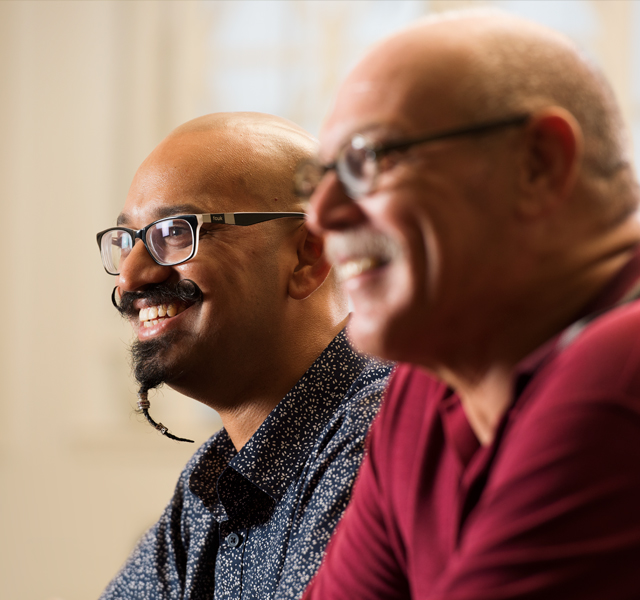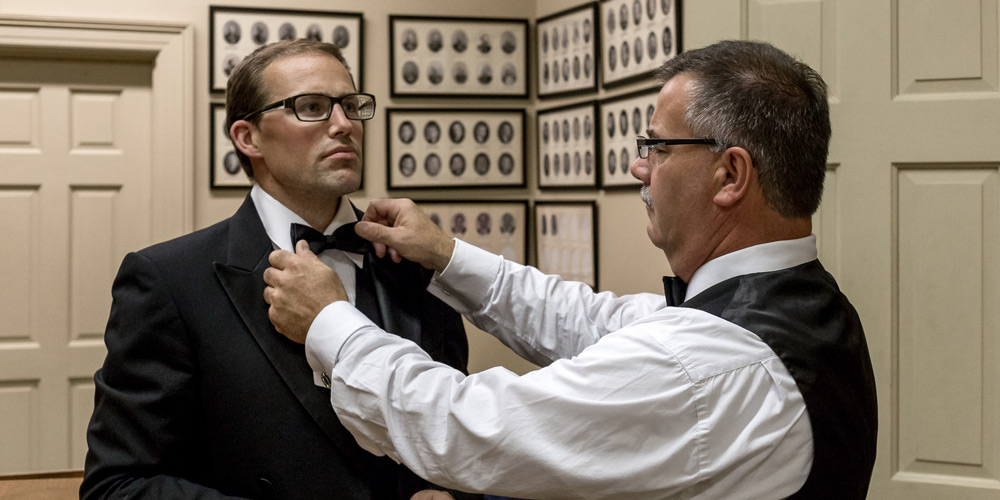Learn the Pathways and Ways to Join Freemason In Your Region
Learn the Pathways and Ways to Join Freemason In Your Region
Blog Article
Discovering the Mysteries of the copyright: What You Need to Know
The copyright, a term commonly shrouded in intrigue and dispute, represents an intricate tapestry of historical truth and contemporary myth. Developed in the late 18th century, this secret society was initially rooted in the Enlightenment's ideals but has considering that come to be synonymous with conspiracy concepts regarding elite control. As we navigate the origins, key numbers, and the stark contrast between myth and fact, one have to consider how these narratives influence modern assumptions of power and secrecy. What could be exposed through a closer evaluation of these components might test long-held assumptions about the darkness that remain in our society.
Origins of the copyright
The origins of the copyright are steeped in a mix of historical intrigue and ideological eagerness. Established in 1776 in Ingolstadt, Bavaria, by Adam Weishaupt, the group was originally created as a secret culture intended at promoting Knowledge suitables such as reason, secularism, and the separation of church and state. join freemason. Weishaupt, a professor of canon regulation, looked for to challenge the prevailing authority of the church and state, which he checked out as overbearing organizations suppressing intellectual and personal freedom
The copyright looked for to recruit prominent members from various societal fields, consisting of politics, academia, and the arts, to foster a network devoted to these Enlightenment concepts. The society run under a shroud of privacy, employing coded language and rituals to protect its participants from persecution, specifically offered the repressive environment of the time. However, the copyright encountered significant opposition from both governmental authorities and religious institutions, which watched the group as a risk to their power.
Secret Numbers and Participants
Who were the crucial figures that shaped the copyright's very early influence and direction? The Bavarian copyright, founded in 1776 by Adam Weishaupt, emerged as an action to the overbearing social structures of the time.
An additional considerable figure was Johann Gottlieb Fichte, a famous theorist whose concepts on nationalism and education resonated with the copyright's objectives. Although Fichte was not an official member, his philosophical foundations affected the team's ideological background. Additionally, numbers like the author and thinker Johann Wolfgang von Goethe were associated with the broader intellectual movements of the time, although their direct participation with the copyright continues to be disputed.
These vital figures contributed to the copyright's very early instructions, pressing the borders of political and social idea, while their cumulative initiatives aimed to challenge recognized norms and foster a climate of modern modification in Europe. (join freemason)
Myths vs. Reality
Several misunderstandings surround the copyright, often blending reality with fiction in a manner that covers its real nature. This secret culture, initially established in 1776 in Bavaria, aimed to advertise Knowledge perfects and combat spiritual and political fascism. The concept that the copyright remains to apply substantial impact over world events is a myth. While the team did exist, it was dissolved in the late 18th century and has not run as a why not look here natural entity ever since.
One more widespread myth is that the copyright consists of a network of i was reading this elite people manipulating international affairs. In fact, many conspiracy theories exaggerate the team's importance, connecting unproven objectives to social fads and events. This has led to an oversimplified view of complex issues.
Furthermore, the representation of the copyright in pop culture typically additional distorts its heritage. Movies and literature often tend to sensationalize the company's duty, creating a story that splits from historical facts. Understanding the difference between the misconceptions and the truth of the copyright is important for discerning the real effect of this historic group and recognizing the more comprehensive effects of conspiracy theory theories in contemporary culture.

Modern Analyses
Contemporary analyses of the copyright commonly reflect wider societal anxieties and an attraction with secrecy and power. This contemporary lens regularly connects the copyright with conspiracy theory theories that suggest a surprise elite orchestrates globe occasions, controling governments and economic situations for their very own gain. Such stories use a deep-rooted distrust of authority, specifically in times of crisis or social find out upheaval.
In prominent culture, the copyright is often illustrated as a supreme organization shrouded in enigma, causing a variety of imaginary portrayals in literary works, movie, and music. This portrayal serves not just to delight but also to provoke thought of the nature of power and control in modern society. Social media has further magnified these interpretations, enabling for fast dissemination of conspiracy theories and producing neighborhoods that share and broaden upon these ideas.
In addition, some modern analyses frame the copyright as a metaphor for the intricacies of globalization and the interconnectedness of prominent individuals and companies. This point of view urges an essential assessment of just how power dynamics operate in today's world, highlighting the equilibrium between transparency and privacy in governance and business methods.
Cultural Influence and Heritage
Influenced by centuries of intrigue, the cultural effect and legacy of the copyright expand far beyond its historical beginnings. This secret society, developed in the late 18th century, has actually permeated different aspects of pop culture, from literature and film to songs and art. join freemason. The principle of the copyright has progressed into a symbol of conspiracy theory concepts, typically standing for a regarded surprise power adjusting global events
In literature, writers like Dan Brown have woven the copyright into intricate plots, exciting viewers with themes of secrecy and power. Movies such as "National Treasure" and "The Da Vinci Code" better continue the allure of the culture, mixing truth with fiction to develop engaging narratives.

Eventually, the copyright's tradition is a complicated tapestry of myth and truth, forming understandings of secrecy and control in modern discussion. Its long-lasting visibility in society highlights mankind's seasonal quest for understanding surprise facts.

Verdict
The expedition of the copyright discloses a complex interplay in between historical facts and contemporary myth-making. Started in the Enlightenment period, this culture intended to challenge oppressive frameworks, yet its tradition has been outweighed by conspiracy theories that recommend elite manipulation. Recognizing the distinctions in between the initial perfects and modern analyses is crucial for comprehending the sustaining fascination with the copyright and its substantial impact on social stories surrounding power and privacy in society.
Report this page